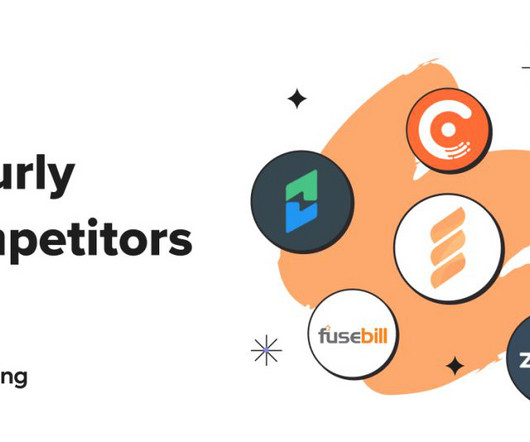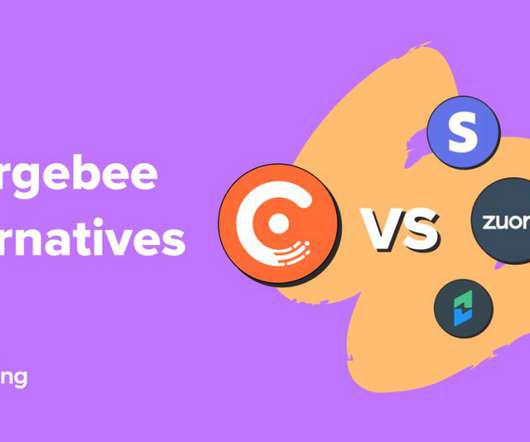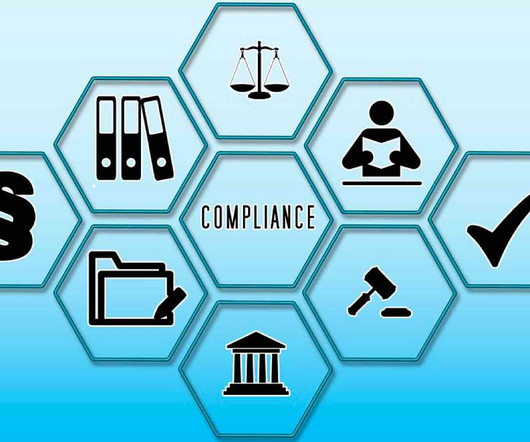How to Find the Best SaaS Billing Platform: A Complete Guide
Stax
FEBRUARY 28, 2024
Here’s an interesting stat: 70% of businesses consider subscription and membership models indispensable for future commercial growth and expansion. They must engineer a well-rounded solution that makes handling subscriptions a breeze (and yes, it is as hard as it sounds). However, only 10% of them currently employ these models.

















Let's personalize your content